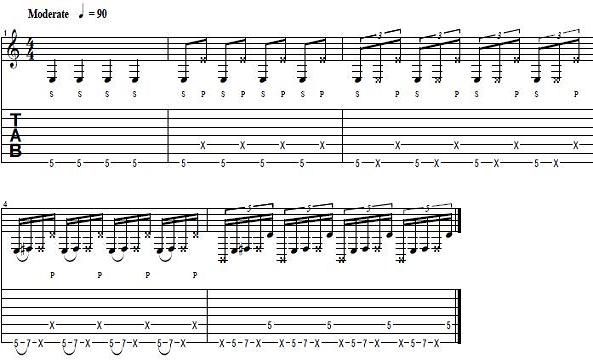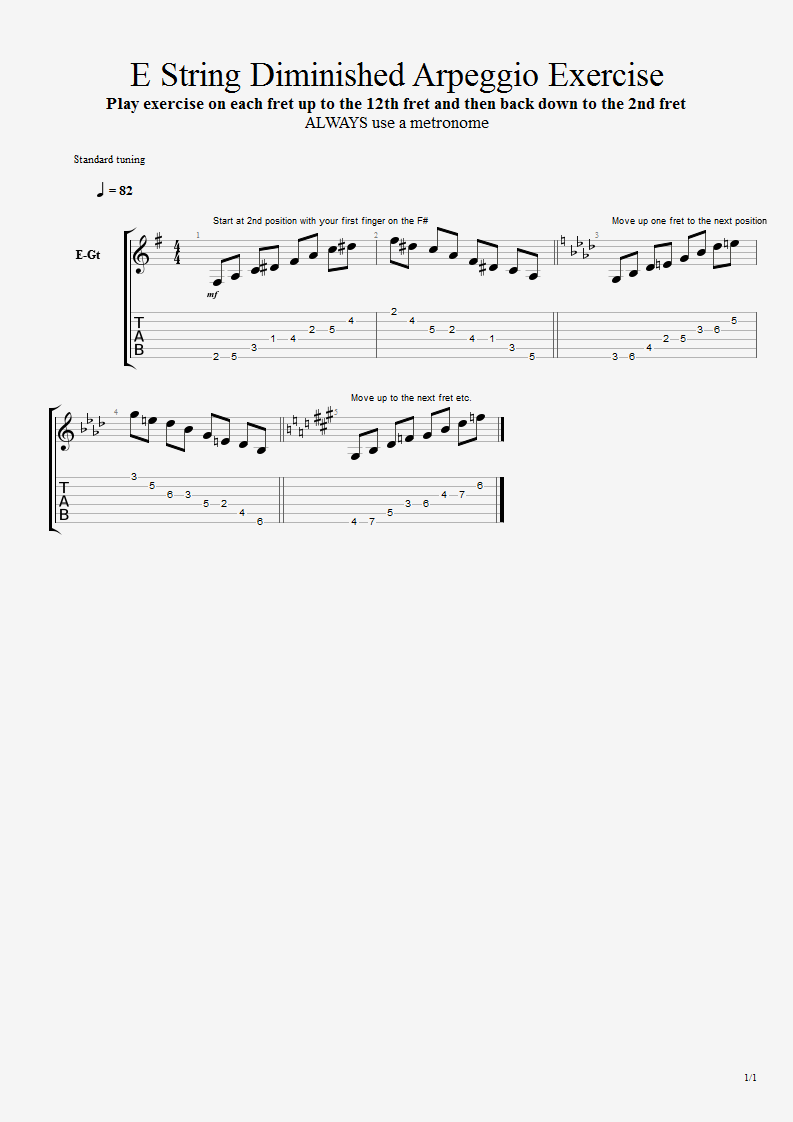Welcome back! In this lesson I wanna show one of the few things that were part of my daily
guitar practice for a long time.
Knowing your way across the fretboard is very important. Most of the time we end up jamming
to either minor or major progressions; I mean, the most used chords in the world are the Major
and Minor. No matter what genre you encounter they are always there and why wouldn’t it be
this way, every chord comes from either a major triad, minor triad, diminished triad or
augmented triad. All the chords out there are an expansion or replacement of those 4 triads I
just mentioned.
Today I wanna show 3 different ways to play the major and minor triad:

These are called “positions”. The C and the Cm are in root position, the C/E and Cm/Eb are in
first inversion and the C/G and Cm/G are in second inversion. The positions basically tell you
from which of the chord you will start playing. It looks very simple but you could make this into a
daily practice.
Here’s a list of things that you could do in order to practice arpeggios:
● Pick a tune you like, write down the chord progression, learn it and Arpeggiate the
chords.
● Set rules. Maybe one day you will practice only first inversion arpeggios and nothing
else. So you might choose a tune and arpeggiate the chords using only first inversion
arpeggios.
● You could also restrict the area of the fretboard you use; For example you could play up
to the 7th fret. This will create a more “voice leading” type of sound.
● Obviously, you can always just practice the arpeggios up and down.
● Create patterns. Nobody said you should only play arpeggios as I wrote them above.
You can definitely skip notes and then come back to them. For example you could jump
from the 5th string to the 3rd string and then back to the 4th string.
This is all for today. I hope you’ve enjoyed it and learn something from it. Please remember to check out our entire set of DVDs.




